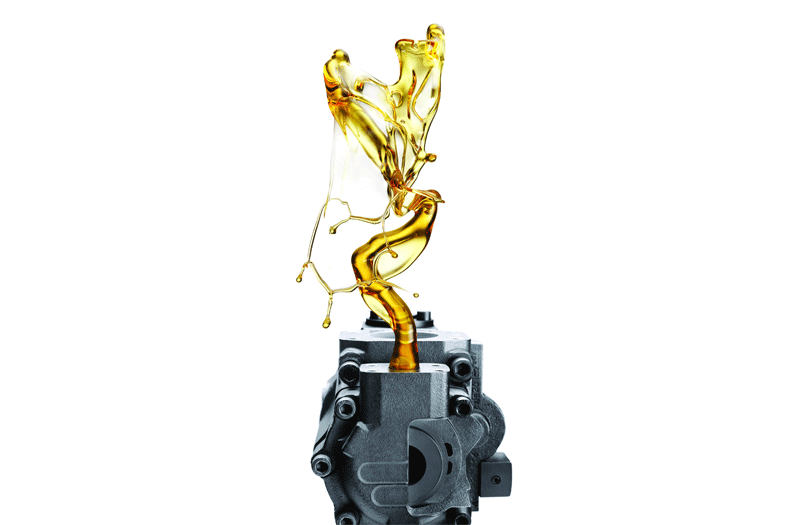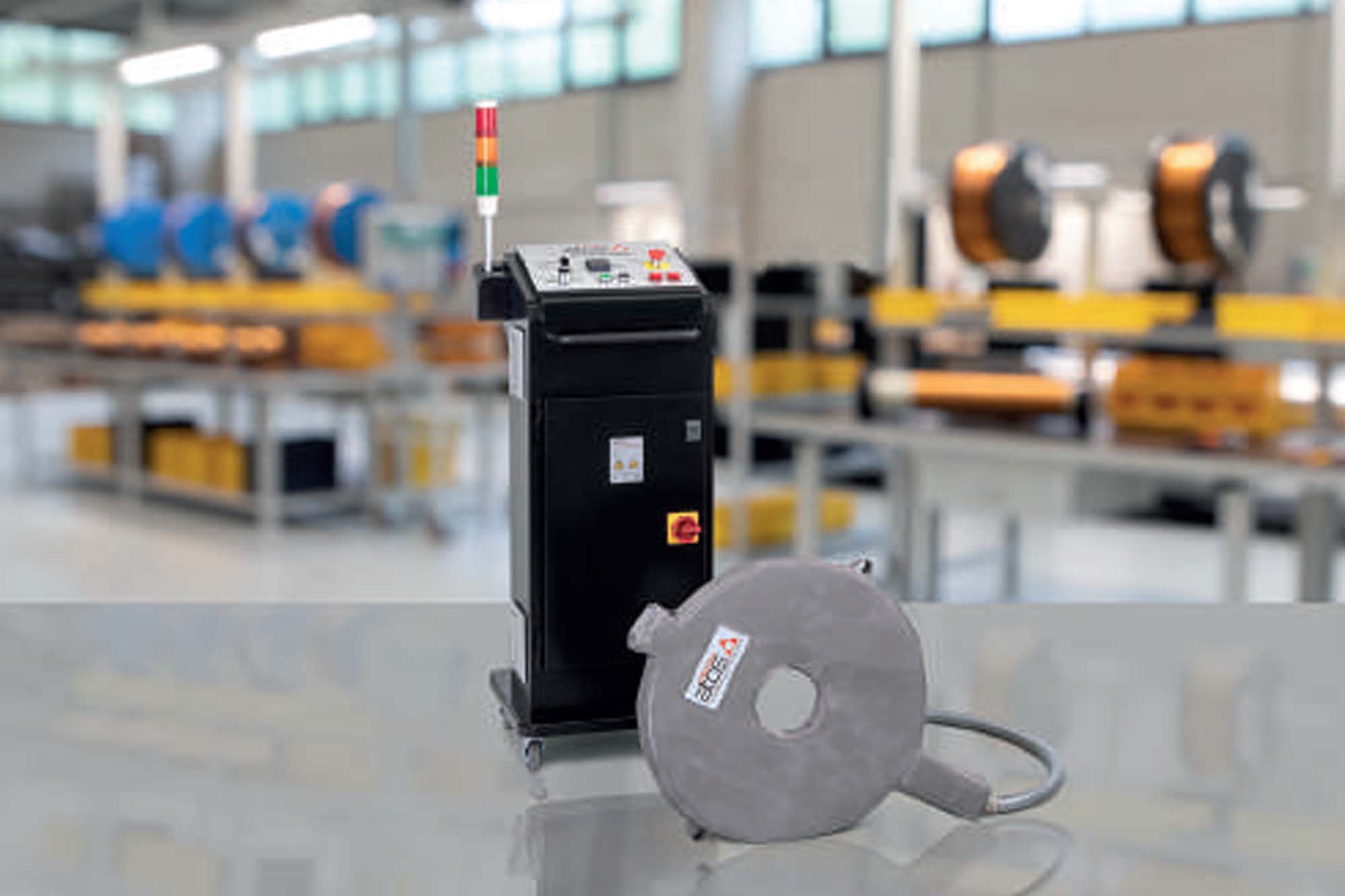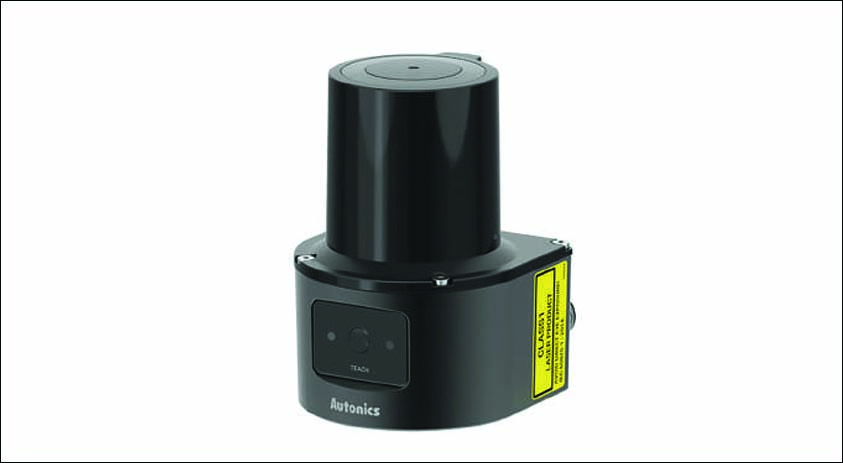Handling, storing and dispensing industrial lubricants
By OEM Update Editorial October 17, 2019 11:40 am IST
Mobil Edge
ExxonMobilTM follows global best in class practices to handle, store and dispense oils that ensures finest quality of oil without any dilution at all times. A culture of compliance with procedures and precision in execution ensures safety, enhances productivity and boosts profitability.
Proper handling, storing and dispensing of industrial lubricants not only enhances productivity and performance, but is also vital for protecting plant personnel against health hazards and minimising the risk of environmental contamination. An erroneous mislabeling of a lubricant or a product dangerously stored in a high-temperature zone can potentially wreak havoc in an industrial unit. With so much at stake, it is imperative that plant managers and maintenance professionals instill a culture of compliance when it comes to every aspect of the lubrication chain – from handling and storing, to dispensing and application of oils and greases.
Handling
The handling of lubricants includes all the operations involved in the receiving of the lubricant supplies at a facility and transferring of the lubricants to the in-plant storage space. The type of handling involved depends on how the lubricants are received, in packages or in bulk.
Packaged products
All shipments of oils, greases and associated petroleum products in drums of around 200-kg are considered to be packaged products. Most packaged lubricants can be unloaded without damage from trucks by sliding them down along wood or metal skids. The skid should be securely attached to the truck. When lubricants in both drums and smaller packages are delivered to customers on pallets, these can be unloaded with a fork-lift truck and transported directly to storage. After unloading, drums can be moved safely to the storage area by properly equipped fork-lift trucks, either on pallets or held in specially equipped fork jaws. If fork trucks are not available, the drums should be handled and moved with barrel trucks or drum handlers.
Bulk products
The term “bulk” in this context refers not only to deliveries in tank cars, tank trucks, tank wagons and special grease transporters, but also to deliveries in any container substantially larger than the conventional 200-kg or 400-lb grease drums. Prior to receiving the bulk delivery of lubricants, certain precautions must be observed. The storage tanks should be gagged to ensure that there is sufficient capacity available for the scheduled delivery. Empty tanks should be inspected and flushed or cleaned if necessary, and a thorough check should be done to ensure that the correct fill-pipe is being used, the valves are set correctly and any crossover valves between storage tanks are locked out. While it is desirable to have a separate fill line and hose for each product, when this is not possible the fill line and hose should be drained thoroughly to minimise the risk of harmful cross contamination.
Storing
Proper storage of lubricants necessitates that proper key guidelines are followed. First, the lubricants should be protected not only from sources of contamination but also from degradation, which can occur when lubricants are stored in an excessively hot or cold temperatures. Second, the lubricants should be stored in an area where they can be moved into and out of storage easily, and can be used on a ‘first-in-first-out’ basis. Also, make sure the identification of the product is maintained and clearly visible. When selecting the proper location of petroleum product storage facilities, it is extremely important to consider the applicable fire, safety and insurance requirements. The guidelines related to the storing of lubricants depends on how the lubricants are received, whether in packages or in bulk.
Packaged lubricants can be stored outdoors, in a warehouse or in an oil house. As far as possible, outdoor storage should be avoided. Some of the potential hazards of outdoor storage include contamination by water, dirt or rust, or changes to the physical properties of the lubricants resulting from exposure to extreme hot or cold temperatures outdoors.
Warehouse storage is recommended when the oil house lacks the space needed to stock the complete inventory required. In a warehouse, racks and shelving can be used to provide adequate protection for all containers and the aisle space should be adequate for maneuvering whatever type of mechanical handling equipment is used. The ‘first-in-first-out’ procedure should be maintained and the location should be considered on the basis of receiving and dispensing convenience. A well-arranged, properly constructed and conveniently located oil house is the ideal storage space to prevent contamination of lubricants.
Bulk products
While bulk storing of lubricants offers considerable economic and operating advantages, the full benefit of such an approach is realised only when the complete system is properly planned and installed. Tanks and bins should be used for only one product to avoid the need for clean-up or the risk of cross contamination. However, there are other factors to consider when using bulk storage. Indoor storage locations are generally preferred, both to avoid the cycling temperatures encountered with outdoor locations, and to minimise exposure to atmospheric moisture and other contaminants. Storage locations should not be located in areas where plant equipment (such as high pressure steam lines or process vessels) can cause high ambient temperatures or direct heating of the tanks. Excessively cold locations should also be avoided. Above grade locations are also preferred to minimise the suction head on the transfer pumps used to withdraw product for the tanks.
In addition to choosing the right location for storage, it is important to remember that storage tanks should be equipped with vents to allow breathing during filling and emptying. The vents should be equipped with filters to keep out dust, moisture and other contaminants.
Dispensing
The dispensing of lubricants includes the withdrawal of the lubricant from the oil house or other storage areas, the transfer of the lubricant to its point of use and the application of the lubricant at the point of use.
When lubricants are dispensed by methods other than completely closed systems, containers or devices used to move lubricants and related products should be kept clean at all times. Each container or device should be clearly labeled for a particular product and used only for that product. The device used for the introduction of a product to the point of final use should be carefully cleaned before the filling operation is started. Also, sumps and reservoirs should be thoroughly cleaned and flushed before filling the first time, and should be checked at the time of every refill.
By observing the above mentioned precautions and procedures in the handling, storing and dispensing of lubricants, greases and associated petroleum products, plant managers can help preserve the integrity of their products, minimise the risk of potential staff injuries and achieve significant economic and operating benefits.
Cookie Consent
We use cookies to personalize your experience. By continuing to visit this website you agree to our Terms & Conditions, Privacy Policy and Cookie Policy.

















